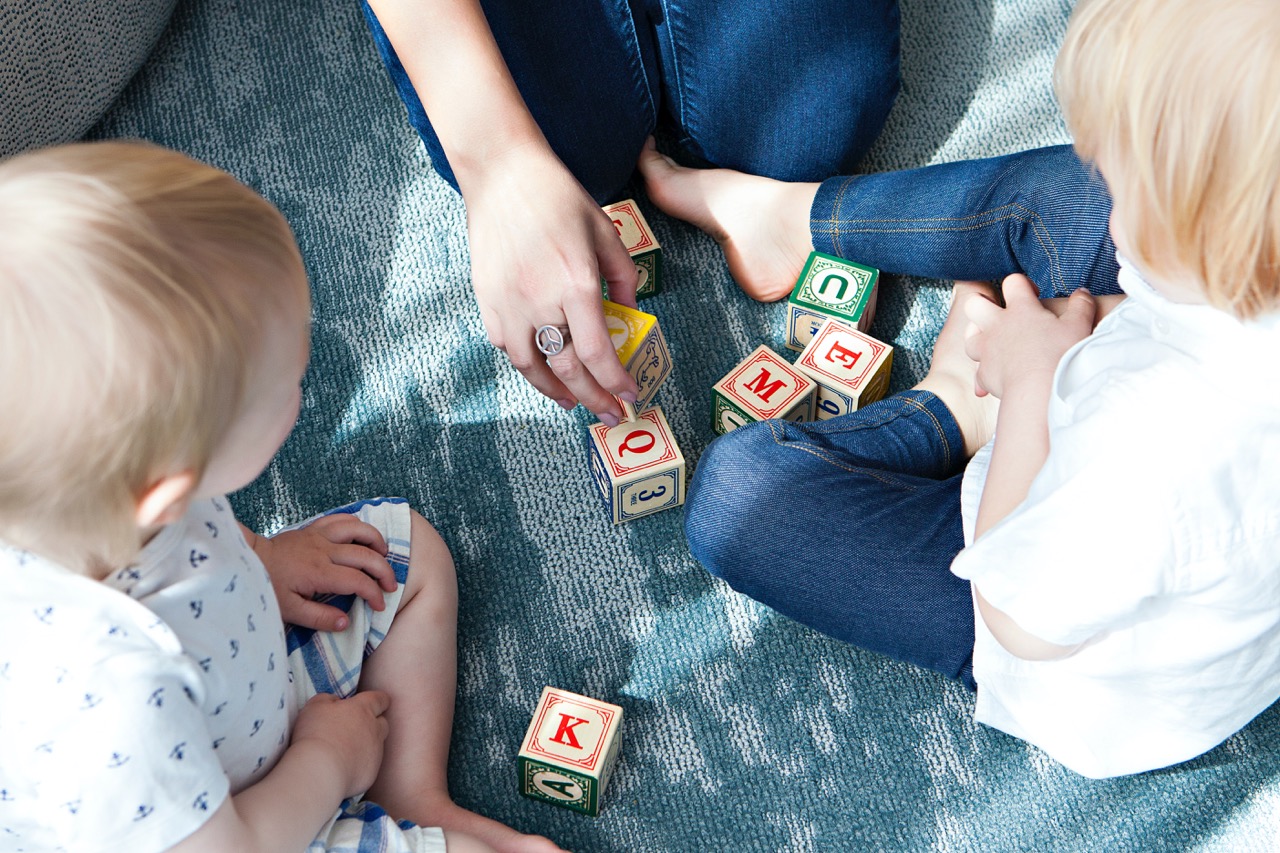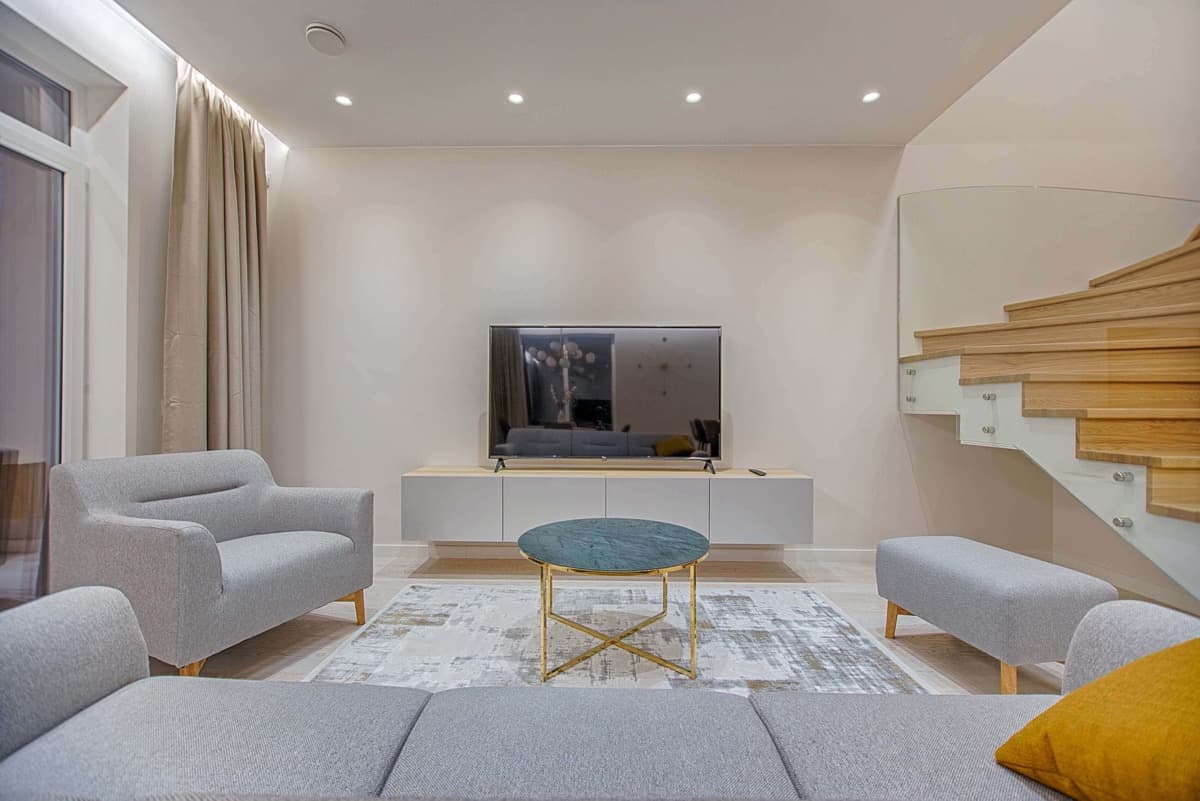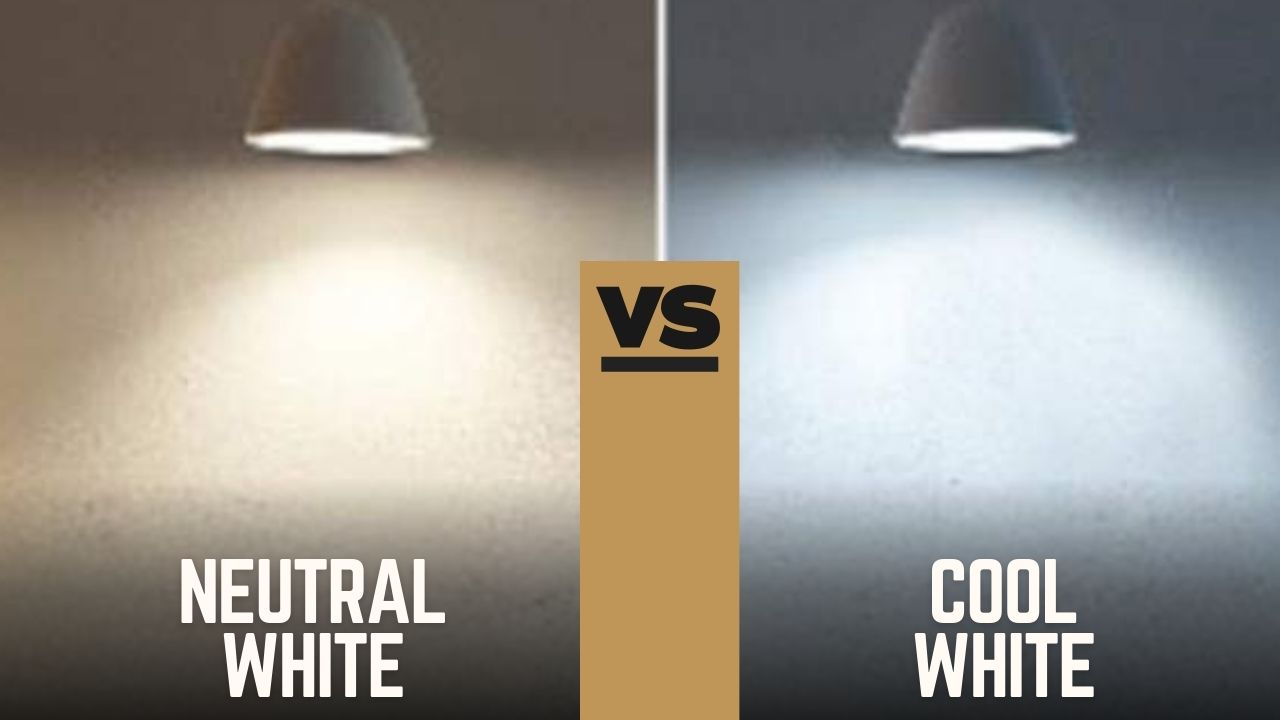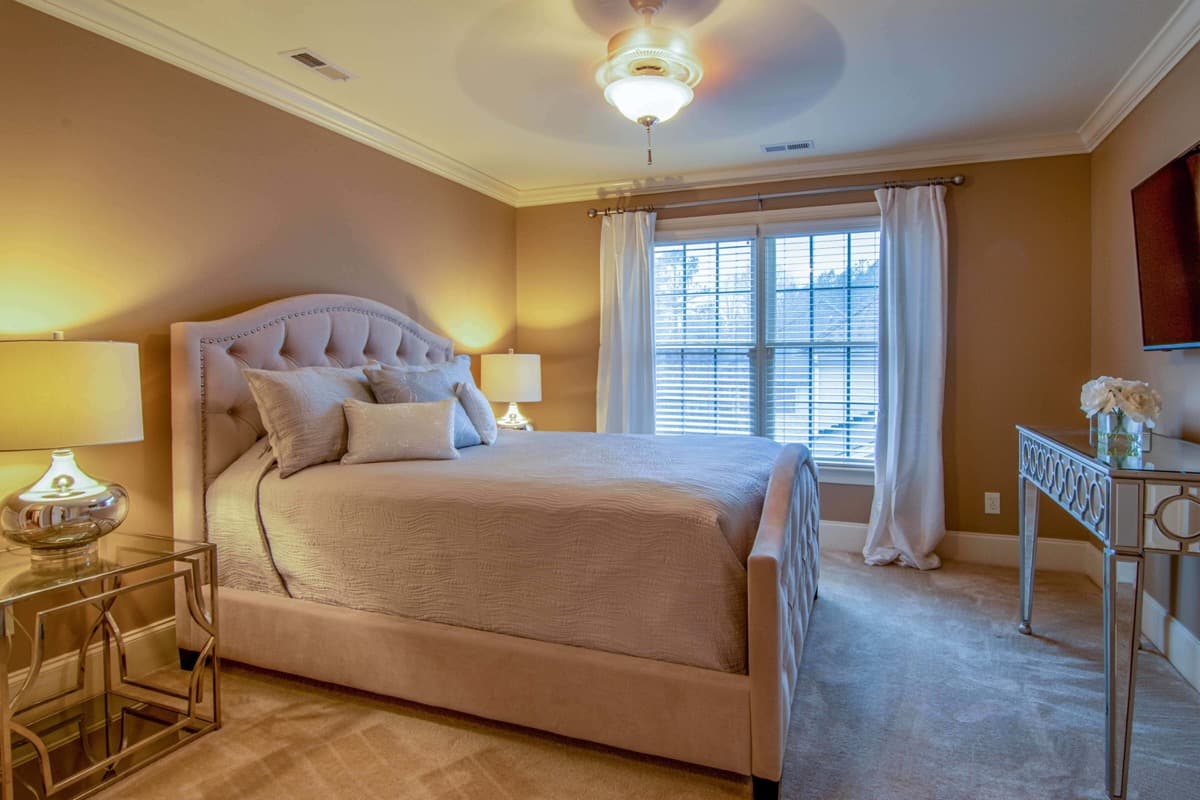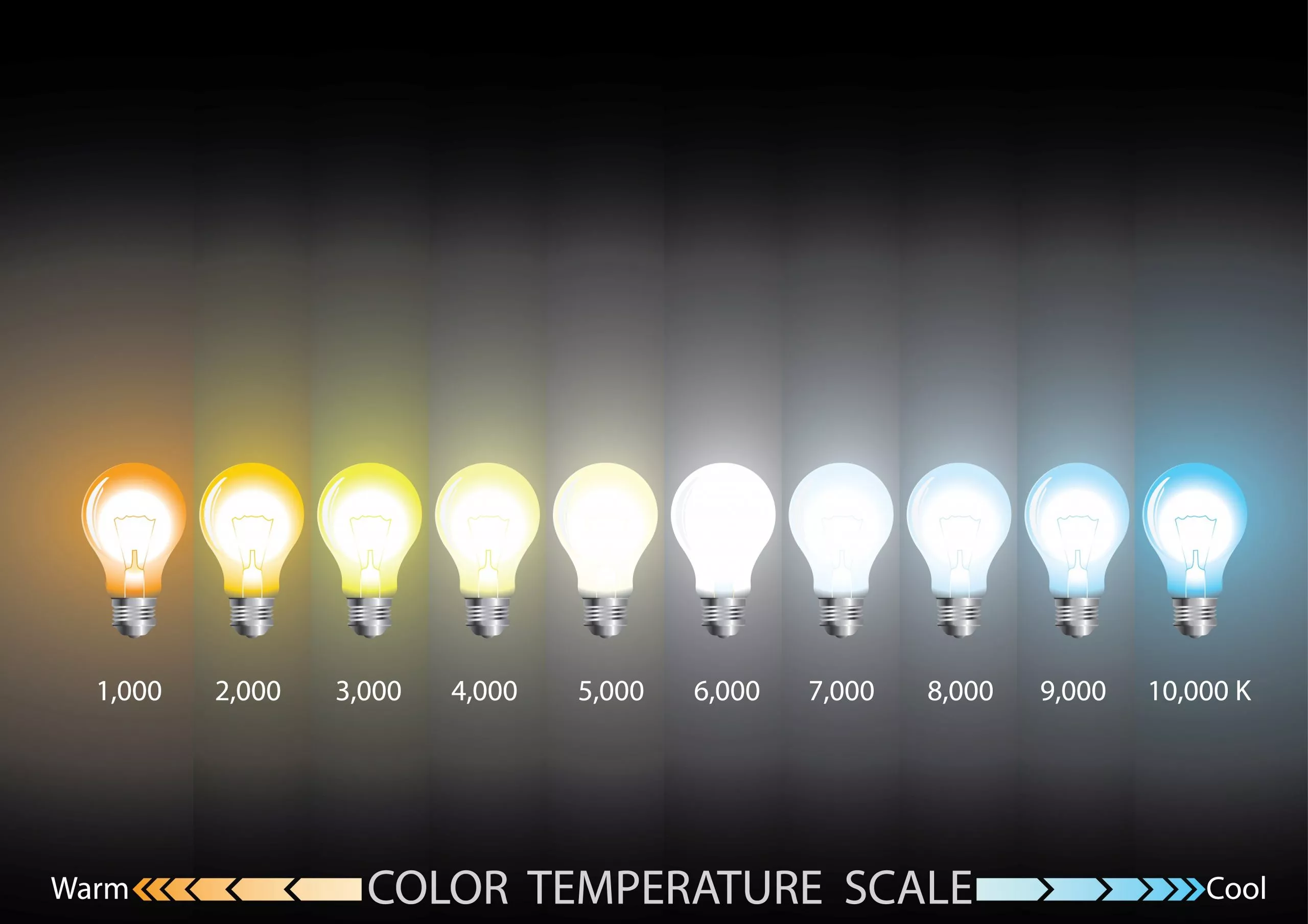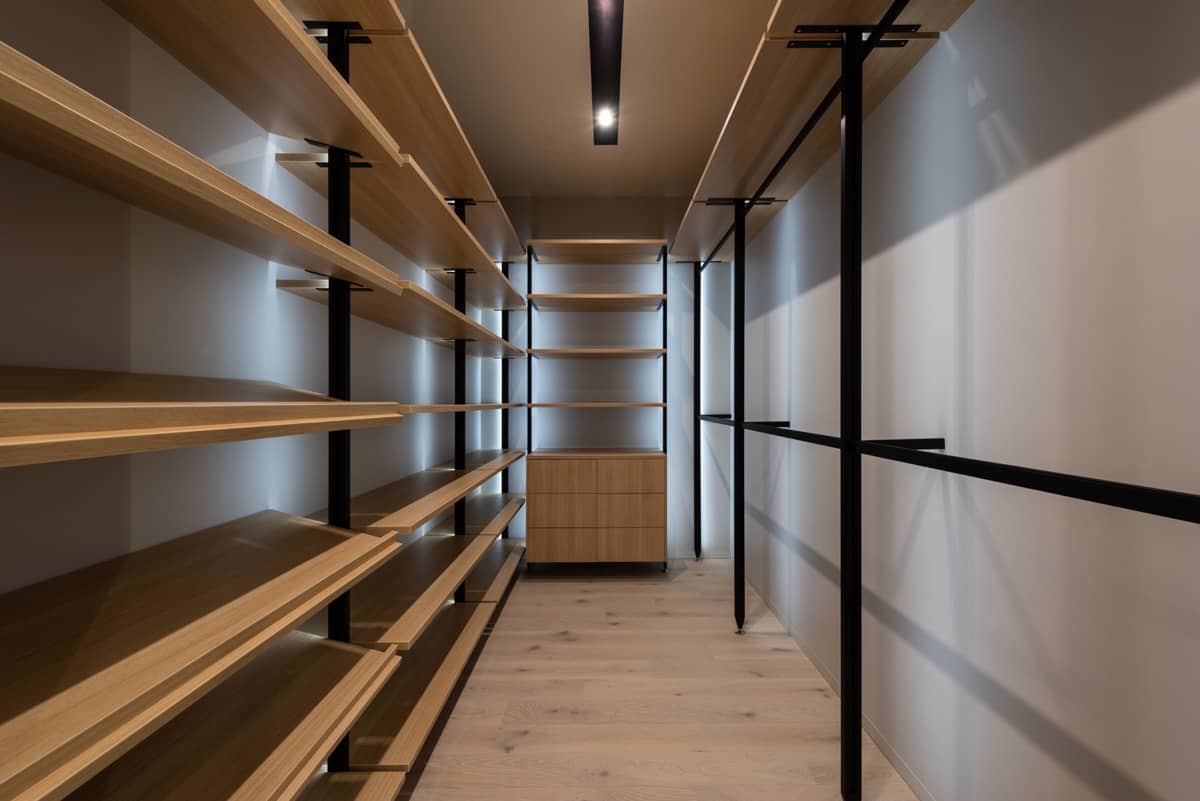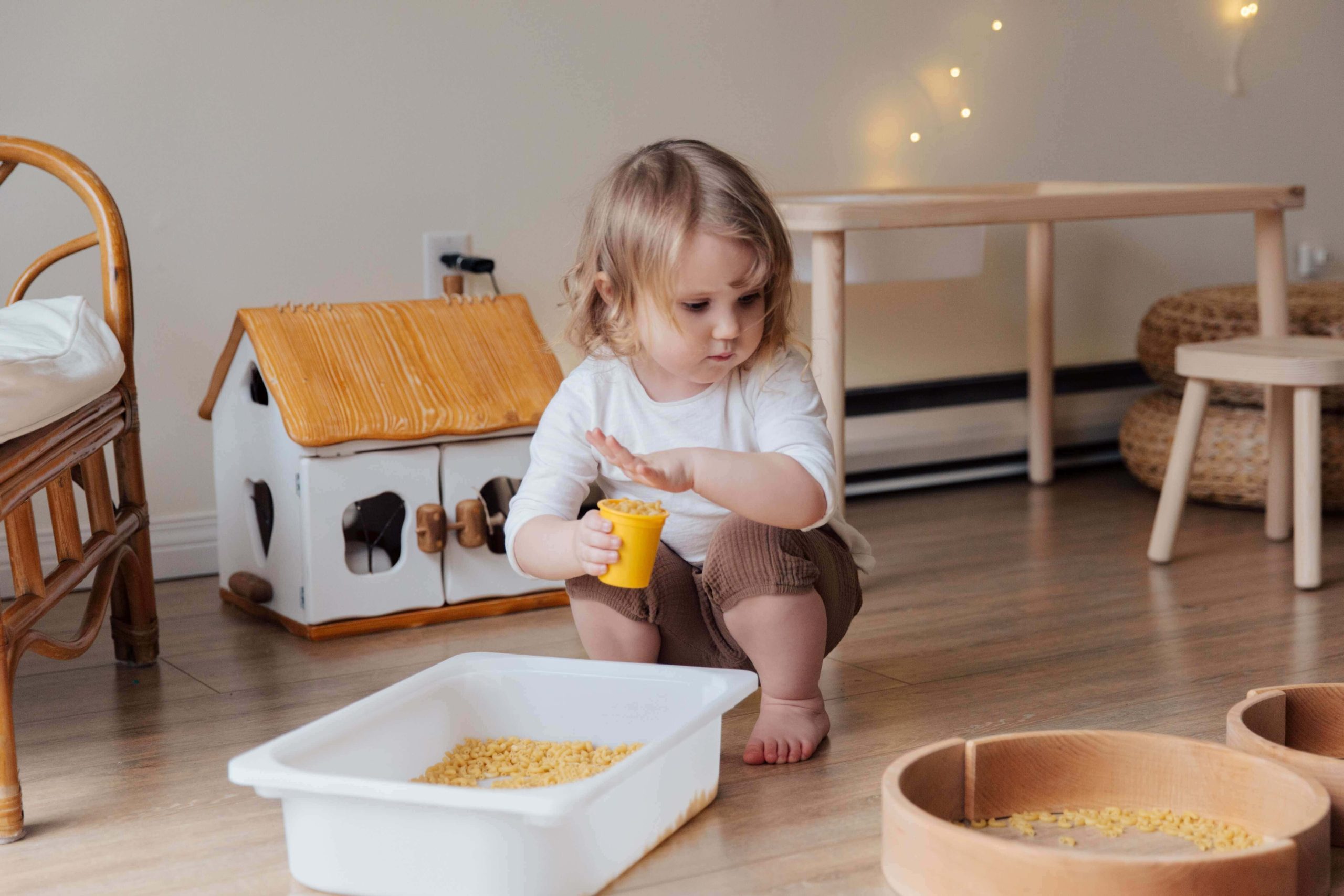Ensuring the safety and well-being of our toddlers is of paramount importance in every aspect of their lives, including the lighting choices we make for their environments. Lighting not only provides visibility but also has a significant impact on their mood, sleep patterns, and overall development. By understanding the potential risks associated with improper lighting choices, parents and caregivers can create a safe and nurturing space for their little ones to thrive.
Importance of ensuring safe lighting for toddlers
The significance of choosing appropriate lighting for our toddlers cannot be overstated. Beyond its functional purpose, suitable lighting contributes to creating a comforting and stimulating atmosphere that promotes healthy growth and development.
Proper lighting helps enhance children’s concentration levels, stimulates brain activity, aids visual perception, and even impacts their emotional well-being. Overexposure to harsh lights or inadequate illumination can lead to various issues such as eye strain, headaches, fatigue, irritability, or even disturbances in sleep patterns.
Furthermore, bright lights can be overwhelming for young children who are still developing their sensory processing skills. It is crucial to prioritize the safety and comfort of toddlers by providing them with gentle lighting solutions that promote relaxation during bedtime routines while also catering to their visual needs during playtime or learning activities.
Overview of the potential risks associated with improper lighting choices
Improper lighting choices can have adverse effects on both the physical health and emotional well-being of toddlers. One key risk stems from exposure to artificial blue light emitted by electronic devices such as tablets or smartphones before bedtime. Blue light suppresses melatonin production in the body—a hormone responsible for regulating sleep-wake cycles—and therefore disrupts a child’s ability to fall asleep easily.
Additionally, using outdated incandescent bulbs may pose safety hazards due to the excessive heat they generate during operation. The risk becomes more pronounced when these bulbs are within reach of curious hands or if the fixtures are not securely installed.
Moreover, improper placement of lighting fixtures can create glare or shadows that strain a toddler’s developing eyes and hinder their ability to focus. Another potential risk arises from using lighting with high color temperatures in toddlers’ rooms.
Cool-toned lights, typically found in fluorescent or LED bulbs, emit bluish-white light that can adversely affect their sleep quality and overall mood, making it harder for them to wind down before bedtime or naptime. Creating a balanced lighting environment by incorporating warmer tones can help create a soothing atmosphere conducive to relaxation and restful sleep.
By being aware of these risks associated with improper lighting choices, parents and caregivers can make informed decisions when selecting suitable lighting solutions for their toddlers’ spaces. This knowledge empowers them to prioritize safety while crafting an environment that nurtures their child’s development.

Different types of lighting sources (incandescent, fluorescent, LED)
When it comes to lighting choices for toddlers’ rooms, there are three main types of lighting sources to consider: incandescent, fluorescent, and LED. Incandescent bulbs have been traditionally used in households for decades.
They work by passing an electric current through a filament, which then becomes hot and emits light. Although incandescent bulbs are affordable and widely available, they have some drawbacks.
Firstly, they are not energy-efficient and generate a significant amount of heat, making them potentially hazardous for curious toddlers who might accidentally touch them. Secondly, their lifespan is relatively short compared to newer alternatives.
Fluorescent lights operate differently from incandescent ones. They use an electric current to excite mercury vapor within a glass tube coated with phosphor material.
This process creates ultraviolet light that is then converted into visible light by the phosphor coating. Fluorescent lights are known for their energy efficiency and longevity compared to incandescent bulbs.
However, they do pose some concerns when it comes to toddlers’ well-being. One major issue is the presence of flickering in older fluorescent models, which can cause discomfort or headaches for sensitive individuals like young children.
LED (light-emitting diode) lights have gained popularity in recent years due to their numerous advantages over conventional lighting options. LEDs function by passing an electric current through a semiconductor material that emits light when energized.
They offer exceptional energy efficiency and durability while producing very little heat compared to incandescent bulbs or even fluorescents. Another advantage is that LEDs can be dimmed easily without affecting their performance or lifespan—which can be particularly useful in creating a soothing ambiance before bedtime for toddlers.
Color temperature and its impact on a toddler’s well-being
Apart from understanding different lighting sources, it is crucial to consider color temperature when selecting lighting for toddlers. Color temperature refers to the perceived warmth or coolness of light, measured in Kelvin (K). Warm light has a lower color temperature, typically around 2700K-3000K, and emits a cozy, yellowish glow similar to candlelight or traditional incandescent bulbs.
On the other hand, cool light has a higher color temperature above 5000K and appears whiter or bluish. The choice between warm and cool light can significantly impact a toddler’s mood and sleep patterns.
Warm light with its soft golden tones can create a calming atmosphere that promotes relaxation and comfort. It mimics sunset or candlelight, signaling to the body that it’s time to wind down.
This type of lighting is particularly beneficial in bedrooms as it helps stimulate the release of melatonin—a hormone that regulates sleep. Conversely, cool light tends to have an invigorating effect on individuals.
It increases alertness and focus, which can be advantageous for playrooms or study areas where toddlers engage in activities requiring concentration. However, it’s essential not to expose toddlers to cool light during evening hours as it may interfere with their natural sleep-wake cycle by suppressing melatonin production.
Understanding the different types of lighting sources available—such as incandescent, fluorescent, and LED—is essential when considering safety for toddlers’ rooms. Additionally, taking into account color temperature allows parents to create optimal environments that promote relaxation and healthy sleep patterns for their little ones using warm or cool light accordingly
Natural Light Considerations
Embracing the Sun’s Warm Embrace for Optimal Development
Natural light is not only aesthetically pleasing but plays a crucial role in a toddler’s overall well-being and development. The abundant benefits it offers are astounding. Exposure to natural light aids in regulating circadian rhythms, promoting healthy sleep patterns, and enhancing mood and cognitive function.
Furthermore, it stimulates the production of vitamin D, which is essential for bone development and a strong immune system. Incorporating natural light into your toddler’s room can have significant long-term advantages.
To maximize the presence of natural light within your toddler’s room, strategic window placement is pivotal. Positioning windows on the eastern or southern sides allows for an ample supply of sunlight throughout the day while minimizing direct exposure during peak hours when UV radiation levels are higher.
Additionally, outfitting windows with curtains or blinds that can be easily opened or closed gives you control over the amount of light streaming into the room at different times of the day. This flexibility helps create a comfortable environment suitable for various activities and promotes healthy sleep-wake cycles by aligning with nature’s rhythm.
Dimmable Lights and Adjustable Brightness Options
Crafting Tranquility Through Illumination Control
Another essential consideration when selecting lighting options for your toddler’s room is incorporating dimmable lights or fixtures with adjustable brightness settings. The ability to regulate illumination levels provides an ideal environment that aids relaxation before bedtime.
Dimmable lights offer numerous advantages in creating a soothing ambiance during evening routines, helping toddlers transition from active play to restful sleep. By gradually lowering the brightness as bedtime approaches, melatonin production is stimulated—a vital hormone that aids in falling asleep faster and enjoying deeper slumber.
When choosing dimmable fixtures or lamps, opt for those that are specifically designed for nurseries or children’s rooms. Look for products with smooth dimming capabilities to ensure the gradual adjustment of light levels.
Additionally, consider fixtures with remote controls or touch-sensitive switches to eliminate the need for potentially disruptive physical adjustments in the dark. With these thoughtful choices, you can effortlessly create a serene environment that promotes relaxation and optimal sleep quality.
Soft, Diffused Lighting Options
Gentle Illumination for Tender Souls
Harsh or direct lighting can be overwhelming and agitating for toddlers. To provide a soothing atmosphere conducive to their well-being, incorporating soft lamps or wall sconces that diffuse light is highly recommended. Soft lighting options generate a warm and inviting glow that calms young minds and reduces anxiety.
By diffusing light through materials such as fabric shades or frosted glass, the intensity is softened, creating an enchanting ambiance in your toddler’s space. Consider placing lamps strategically around the room to provide even illumination without creating stark contrasts between light and shadow.
Wall sconces positioned at eye level offer additional opportunities to spread gentle and comforting brightness throughout the space. These subtle but impactful choices contribute to a cozy environment where your toddler can feel secure and at ease during playtime, reading, or winding down before sleep.
Nighttime Lighting Considerations
Use of nightlights in toddlers’ bedrooms
Illuminating a toddler’s bedroom during the nighttime hours is crucial for their sense of security and comfort. Nightlights serve as a gentle source of light that helps alleviate fear and reduce anxiety, especially when the room is enveloped in darkness.
The soft glow emitted by nightlights creates a soothing atmosphere, providing reassurance to toddlers who may be afraid of the dark. A well-placed nightlight can make bedtime routines more pleasant, ensuring a peaceful night’s sleep for both child and parent.
Benefits of nightlights in reducing fear and anxiety during nighttime hours
Nightlights play an essential role in minimizing fear and anxiety that may arise when children are left alone in their bedrooms. By casting a subtle glow, these lights create visibility without overwhelming illumination, allowing toddlers to feel secure without disturbing their sleep. The presence of a comforting light source reduces the likelihood of nightmares or waking up disoriented, fostering a sense of calmness and familiarity within their surroundings.
Recommendations on choosing appropriate nightlights (low wattage, cool to touch)
When selecting a nightlight for your toddler’s room, it is important to prioritize safety and functionality. Opting for low-wattage bulbs not only ensures energy efficiency but also prevents excessive brightness that could interfere with sleep quality. Furthermore, choosing nightlights that remain cool to the touch minimizes any risk of accidental burns should curious little hands come into contact with them during the night.
Avoiding blue light exposure before bedtime
In recent years, researchers have discovered that exposure to blue light before bedtime can significantly disrupt our natural sleep patterns by suppressing melatonin production—the hormone responsible for regulating our sleep-wake cycles. This finding holds particular significance when it comes to toddlers’ nighttime lighting choices.
Explanation of how blue light affects melatonin production
Blue light, emitted by electronic devices and certain artificial lighting sources, signals to our brains that it is daytime, inhibiting the production of melatonin and tricking our bodies into believing we should be awake. For toddlers, who are especially sensitive to external stimuli, exposure to excessive blue light in the evening can lead to difficulties falling asleep and disrupted sleep patterns.
Tips for minimizing blue light exposure from electronic devices
To mitigate the negative effects of blue light on a toddler’s sleep routine, it is advisable to establish a consistent bedtime routine that includes limiting screen time at least an hour before bed. Additionally, using blue-light-blocking filters or apps on electronic devices can help reduce exposure during evening hours.
Creating a technology-free zone in your child’s bedroom can also assist in creating a tranquil environment conducive to quality sleep. By considering these nighttime lighting considerations and implementing appropriate measures such as incorporating nightlights and minimizing exposure to blue light, parents can create an environment that promotes restful sleep and supports their toddlers’ well-being.
Safety Measures to Implement
Ensuring Proper Fixture Installation
When it comes to the safety of toddlers, proper installation of lighting fixtures is paramount. Ensure that all light fixtures are securely fastened and out of reach from curious little hands.
It is crucial to hire a professional electrician or handyman if you are unsure about the installation process. Additionally, make sure that cords and cables are safely tucked away or concealed to prevent tripping hazards.
Using Childproof Covers and Guards
To further enhance safety, consider using childproof covers and guards on electrical outlets and switches within your toddler’s reach. These covers provide an extra layer of protection by preventing accidental contact with electrical components. Opt for covers that are durable, tamper-resistant, and easy for adults to remove when necessary.
Regular Maintenance Checks
Maintaining a safe lighting environment for toddlers requires regular maintenance checks. Periodically inspect all light fixtures, cords, plugs, and switches for any signs of damage or wear. Replace any faulty components immediately to avoid potential hazards such as exposed wires or flickering lights.
Teaching Electrical Safety
Teaching your toddler about electrical safety can help instill good habits from an early age. Explain the importance of not touching light switches with wet hands or playing near electrical outlets.
Use simple language and visual aids to illustrate potential dangers associated with mishandling electricity. By educating your child about electrical safety practices in a gentle yet firm manner, you can empower them to make safer choices as they grow.
Conclusion
Ensuring safe lighting for toddlers involves implementing various measures aimed at reducing risks associated with improper lighting choices in their living spaces. By understanding the basics of lighting, such as different types of sources and color temperature effects on mood and sleep patterns, parents can make informed decisions.
Implementing safe lighting options for toddlers’ rooms, including maximizing natural light, using dimmable lights, and opting for soft, diffused lighting, creates a soothing and calming environment. Nighttime lighting considerations, such as the use of appropriate nightlights and minimizing blue light exposure, promote better sleep and alleviate fears.
Additionally, implementing safety measures like proper fixture installation, childproof covers and guards on outlets and switches, regular maintenance checks, and teaching electrical safety are crucial for a secure lighting environment. By prioritizing these measures, parents can provide their toddlers with a safe space that promotes well-being and encourages healthy development.

